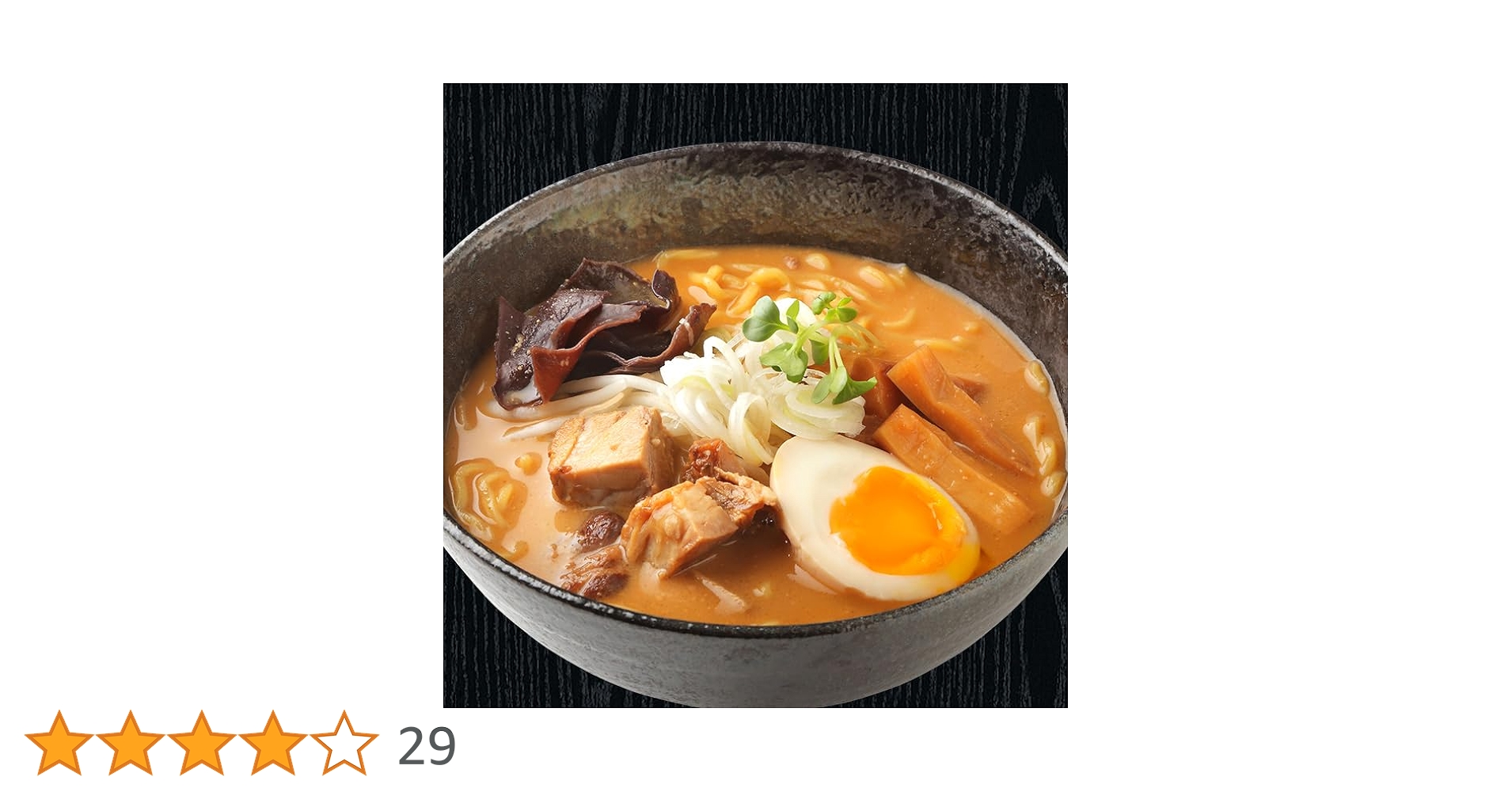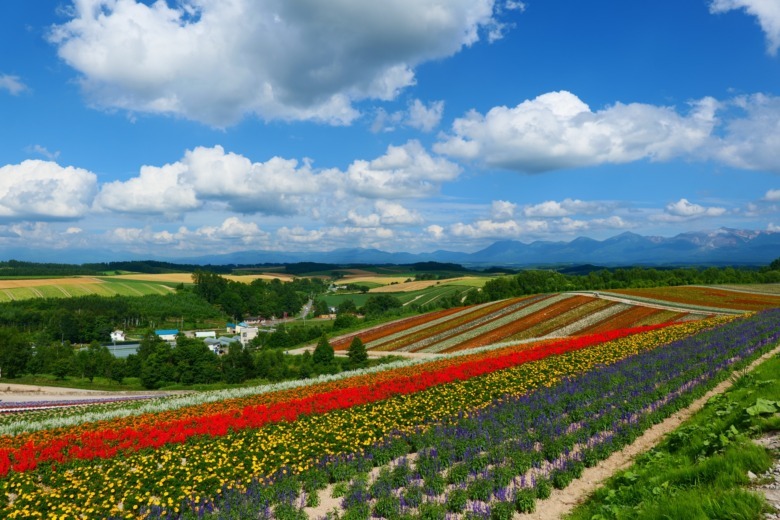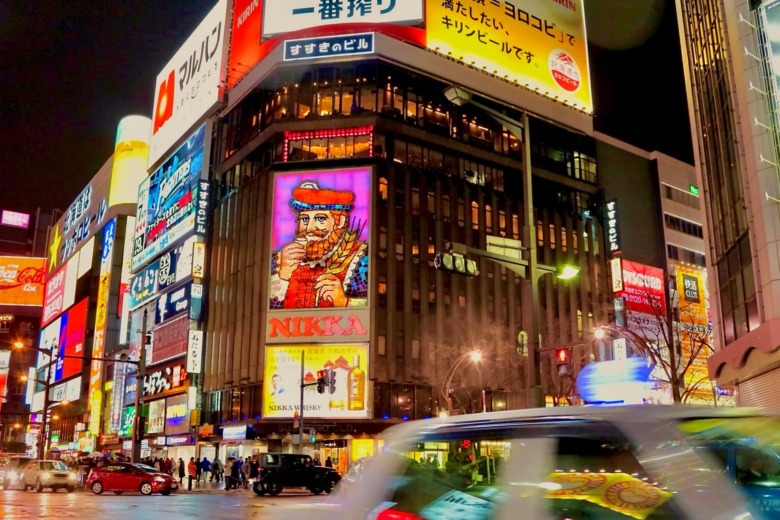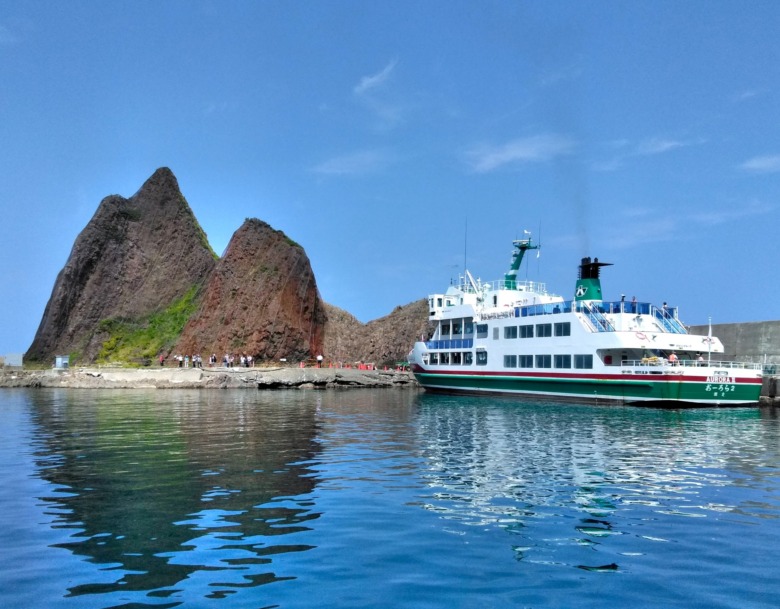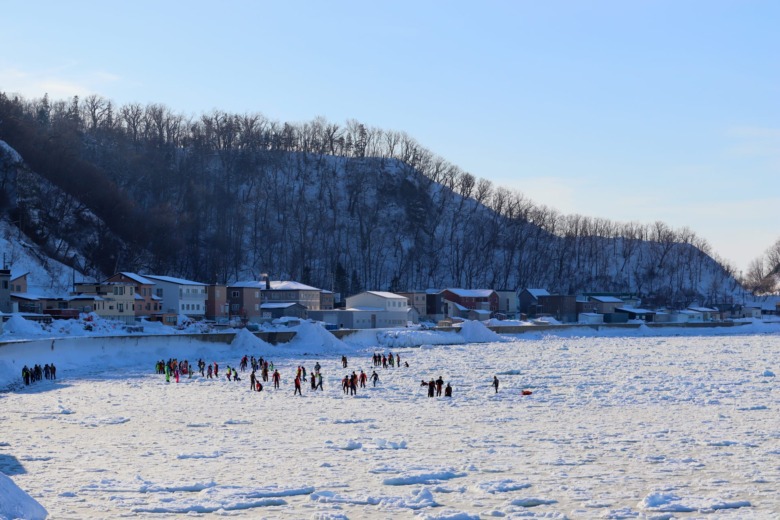
Hokkaidou (Hokkaido) — Where Vast Landscapes and Nostalgic Songs Resonate
Hokkaidou (Hokkaido), located in the northernmost part of Japan, is known for its majestic natural scenery, dramatic seasonal contrasts, and uniquely independent cultural spirit. As the only region in Japan called a “dou” instead of a “ken,” it carries a distinct identity. Home to about five million people and covering roughly 22% of Japan’s total land area, Hokkaidou (Hokkaido) offers boundless skies and expansive lands that leave a lasting impression on all who visit.
The prefectural capital, Sapporo, is a modern city with a calm atmosphere, famous for its Snow Festival, Clock Tower, and Oodouri Park. Across the region, scenic spots such as the lavender fields of Furano and Biei, the primeval forests of Shiretoko, and the ski resorts of Niseko attract visitors year-round. Notably, Shiretoko was inscribed as a UNESCO World Natural Heritage Site in 2005 under the title “Shiretoko Peninsula and its surrounding marine area,” and it continues to be recognized globally as a vital natural treasure. The night view from Mount Hakodate is sometimes ranked among the world’s best, and the historic canal district of Otaru exudes a nostalgic charm. Hokkaidou (Hokkaido) is more than just a sightseeing destination—it’s a place that quietly speaks to the heart of every traveler.
Amid such landscapes, many beloved Japanese songs find resonance. One of the most iconic is “Kono michi” (This Road), with lyrics by KITAHARA Hakushuu and music by YAMADA Kousaku. The line “Kono michi wa itsuka kita michi” (“This road is one I once traveled”) evokes memories of past journeys and gentle nostalgia. It is said that KITAHARA drew inspiration from his travels in Hokkaidou (Hokkaido), capturing the spirit of the land in the song’s imagery.The song was also selected as one of the “100 Best Japanese Songs,” making it a cherished piece for many Japanese people.

kono michi (image)
Another piece by the same creative duo, “Pechka,” uses a Russian-style stove as its motif. It gently depicts the warmth of life during Hokkaidou (Hokkaido)’s snowy winters, offering listeners a comforting and familiar tune. “Donguri Koro Koro,” composed by YANADA Tadashi, a native of Sapporo, is a short but memorable melody that remains popular among children.This song was likewise included in the “100 Best Japanese Songs” list and continues to be loved across generations.
“Nobara” (Wild Rose) is also widely loved, its serene tone reminiscent of Hokkaidou (Hokkaido)’s quiet nature and modest landscapes.
The people of Hokkaidou (Hokkaido) are known for their openness and sincerity, shaped by a history of immigration and pioneering. The diverse backgrounds of its residents have fostered a tolerant and welcoming atmosphere, with a spirit of freedom and flexibility distinct from more densely populated regions of Japan.
Hokkaidou (Hokkaido) is also a gourmet paradise, highly regarded across Japan. In Hakodate and Otaru, luxurious seafood bowls are topped with sea urchin, crab, scallops, and salmon roe. Jingisukan (grilled lamb) is a hearty local specialty, while Sapporo-style soup curry offers a spicy twist on Japanese curry. Beyond seafood, Hokkaidou (Hokkaido) is rich in agricultural and dairy products, including potatoes, corn, milk, cheese, and butter—all produced with exceptional quality. These ingredients also support the region’s thriving sweets culture, represented by beloved brands like Rokkatei and Shiroi Koibito.
From spring to autumn, visitors can enjoy flowers and greenery, while winter brings snow sports and hot springs. Outdoor adventures are available year-round, and every season offers its own unique rhythm and melody. Whether strolling through lavender fields or soaking in a quiet onsen, time in Hokkaidou (Hokkaido) is always immersive and memorable.
Hokkaidou (Hokkaido) doesn’t shout for attention, but within its calm lies a profound charm. The songs rooted in this land, too, remain quietly resonant—melodies that continue to linger in the hearts of those who listen.


